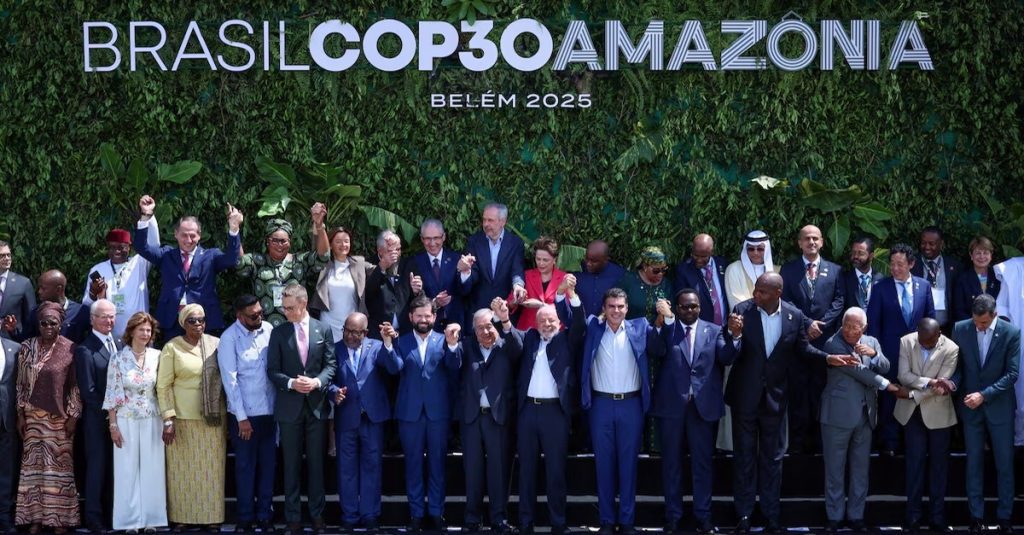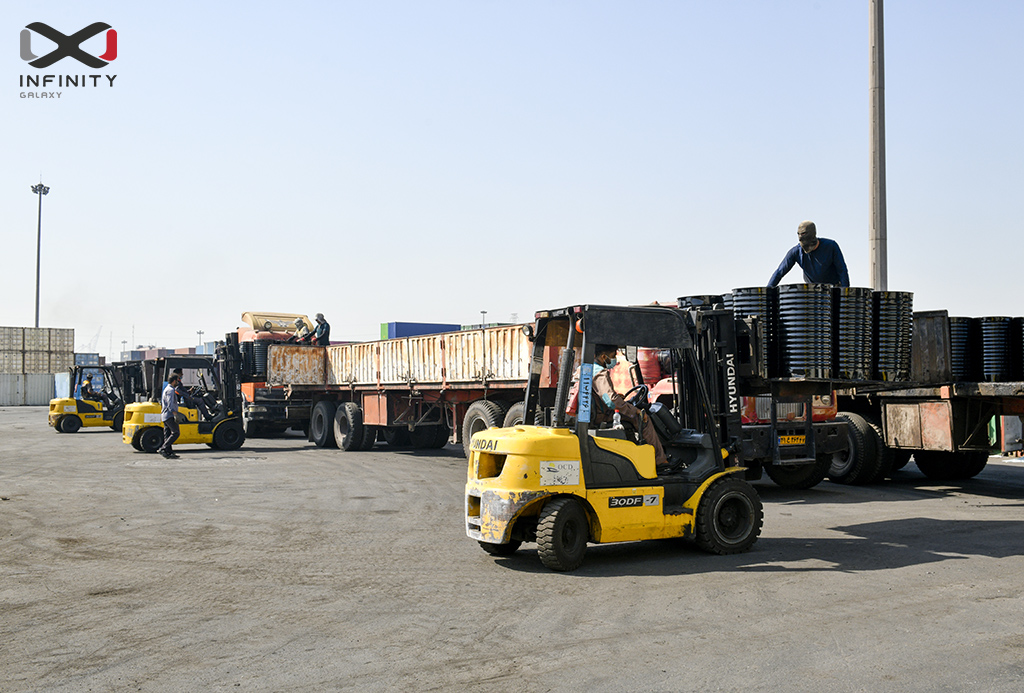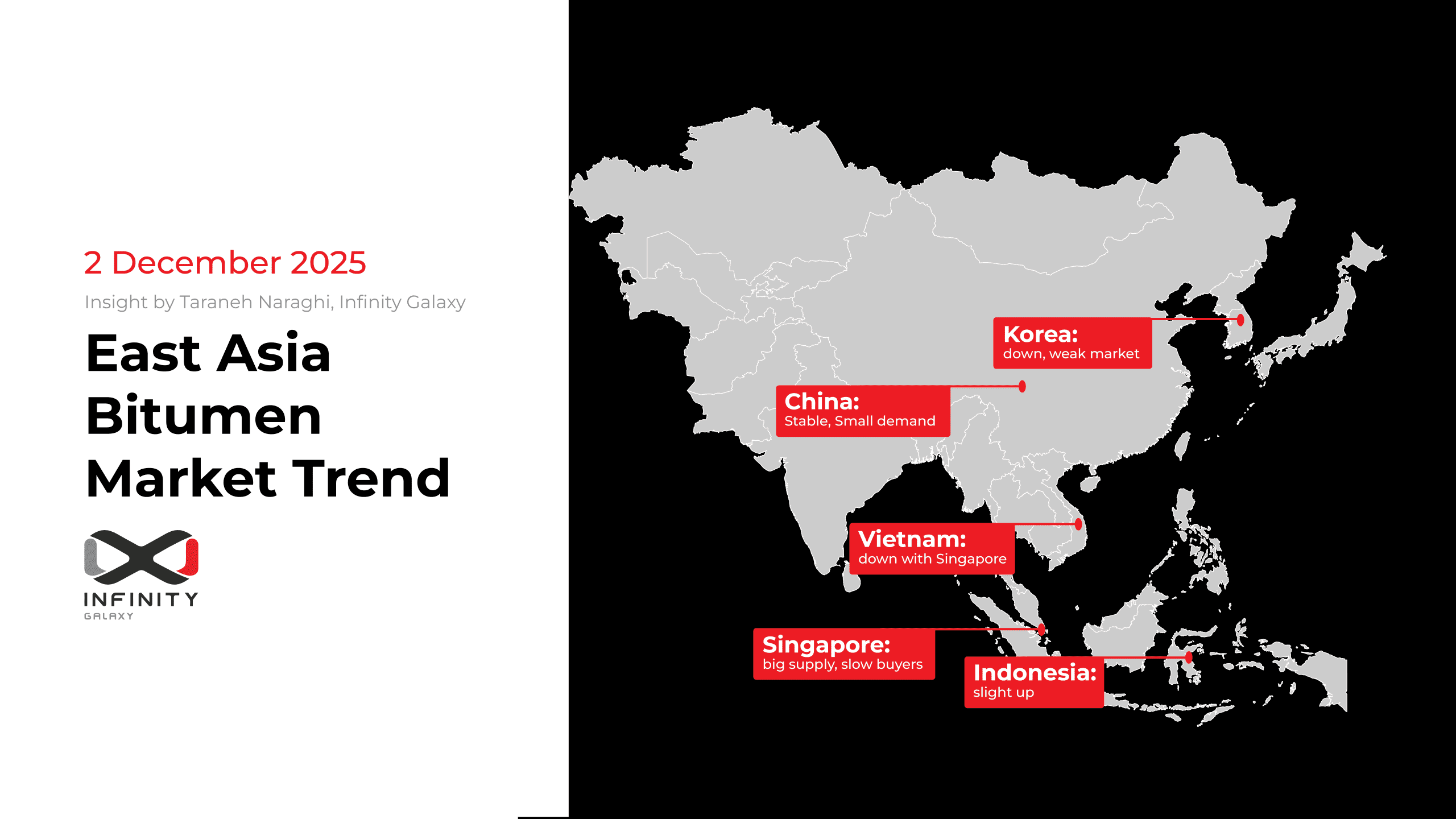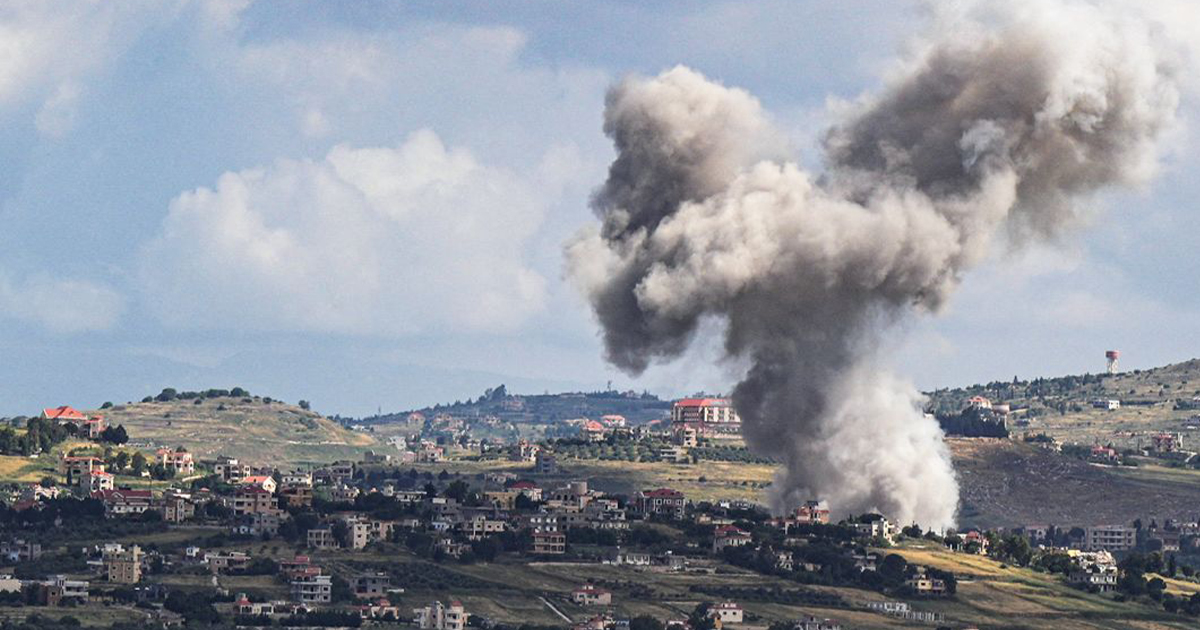Weekly Bitumen Report: Market Waiting for a Rotation?

The Political and Economic Developments of the Week
Heavy Developments, without Immediate Shock
During this week, several geopolitical main factors affected energy markets once again. The new Syrian president’s visit to the White House, after years of broken relations, signaled a shift in Syria’s political balance. At the same time, rising border tensions between Pakistan and Afghanistan have increased the risk of conflict and put South Asia’s key transport routes at risk. In Africa, the war in Sudan has intensified again, adding to instability in the eastern part of the continent.
In the United States, the end of the long federal government shutdown by President Trump restored normal administrative and regulatory operations. A change which is important for energy policies, trade, and sanctions, and it has brought more predictable signals back to the markets.
Meanwhile, the COP30 conference in Brazil began without the participation of three major greenhouse gas producers. Alongside that, two economic signals showed that the world is still far from moving away from fossil fuels. First, Russia’s Lukoil requested an extension of its sanction waiver to keep oil exports flowing and avoid supply disruptions. Second, a new IEA report that unlike previous years, it sees a gradual rise in oil demand likely to continue until 2050.
Crude and Fuel Oil Markets in East Asia
Weak Demand Continues
Despite geopolitical factors, Brent crude stayed around $62 on Thursday, November 13. In the short term, the market is affected by relative oversupply, higher-than-usual inventories, weaker demand in Asia, and no immediate shocks from the U.S., India, or China during COP30. This combination keeps risks high but prevents any price jumps.
On Thursday, the Singapore 180CST fuel oil price reached $368, and bitumen prices in Singapore and South Korea were around $393 and $355 dollars. Following last week’s trend, both markets remain under pressure from weak demand and oversupply.
Bitumen Market in Bahrain and Europe
Higher Supply, Lower Prices
Unlike last week when Europe showed some stability, this week higher HSFO supply and slower buying pushed European export bitumen prices down to the $370–$410 range.
In Bahrain, the bitumen price stayed steady at $400.
| Latest Market Prices (13 November 2025) | |
|---|---|
| Crude Oil | $62 |
| Singapore’s 180 CST | $368 |
| Singapore’s Bitumen | $393 |
| South Korea’s Bitumen | $355 |
| Bahrain’s Bitumen | $400 |
| Europe’s Bitumen | $370 – $410 |
India Bitumen Market
Weak Demand Still the Key Factor
India’s market, which seemed slightly more balanced last week, faced weak demand again this week. Some importers delayed purchases due to slower project activity and seasonal conditions. The seasonal outlook remains positive but less strong than before. For now, the market is focused on inventory management and waiting for end-of-year projects to start.
China Market
Quiet, Limited Imports
In China, unlike last week’s stable prices, cheaper import cargoes increased competition. Demand remains limited, with no clear sign of recovery, and the market continues to operate mainly based on existing inventories.
Market Analysis of Iran
Higher VB Demand, but Export Prices Flat
In Iran, conditions changed compared with last week:
Despite weak demand in export destination markets, competition for vacuum bottom (VB) on the domestic exchange increased by more than 43%, showing stronger feedstock activity. However, export markets have not yet reacted. As a result, as mentioned in the last week report, Iran’s bitumen export prices remain in the same range, while the market waits for new direction from Asian and African buyers.
Insight by Razieh Gilani from Infinity Galaxy
This week sent a clear message: The global energy market is neither falling nor rising, it’s rearranging power. The Syrian president’s visit to the White House, tensions between Pakistan and Afghanistan, and renewed instability in Sudan, all happening as the U.S. government reopens, show that geopolitical lines are shifting. But none of these have yet turned into an immediate price risk. The absence of the U.S., India, and China from COP30 confirms the same idea: the biggest energy players are not changing their strategies for now. That’s why Brent stayed locked at $62, and bitumen markets from Asia to Europe remain in a state of ‘uncertain stability’, prices aren’t dropping because supply is managed, but they can’t rise either because demand hasn’t improved in most regions. For us, this means we should read the market not through prices, but through political signals, where the big changes are happening quietly, but steadily.
Talk to Our Bitumen Experts
At Infinity Galaxy, we’re here to answer any questions about buying bitumen. You can also check the latest bitumen prices by destination. Let us know your inquiry using the form below.
"*" indicates required fields






